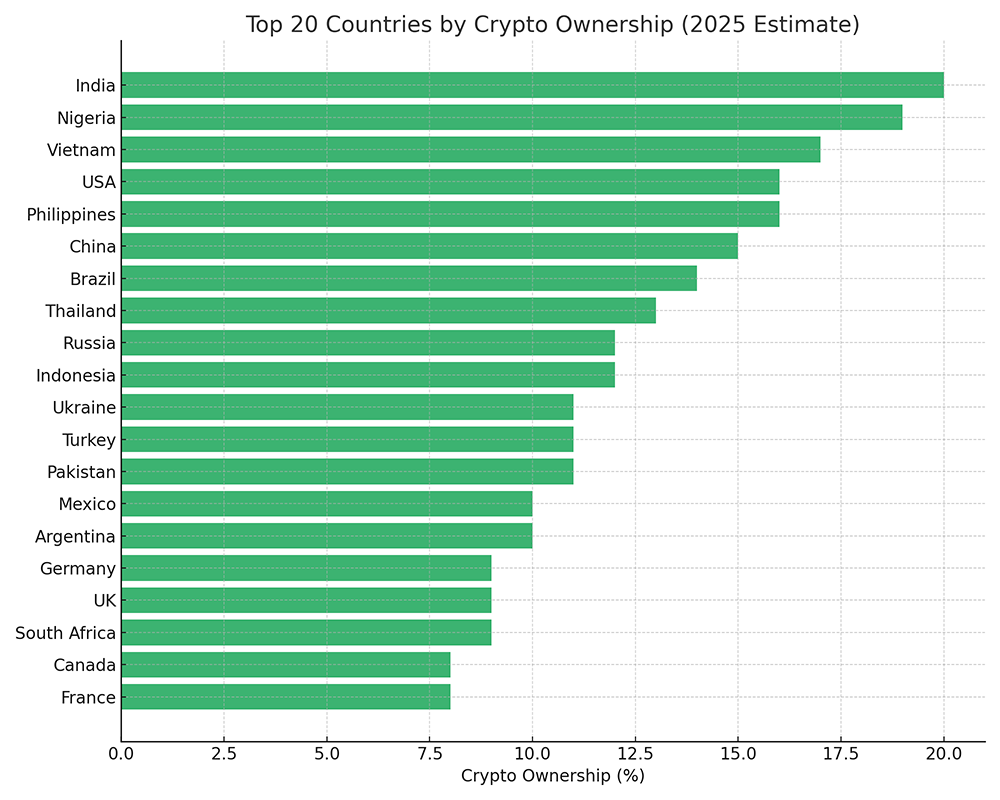Why Cross-Chain Wallet UX Standards Are the Key to Mainstream Crypto Adoption
If crypto feels confusing, it’s not just the tech — it’s the user experience.

Let’s be honest: crypto wallets are still a mess for the average person. Switching networks, juggling gas fees, manually adding tokens — it’s a fragmented, technical experience that scares away even the curious.
And as Web3 expands across Ethereum, Solana, Polygon, Avalanche, Arbitrum, and more… it’s only getting worse.
What the ecosystem desperately needs is simple:
Cross-chain wallet UX standards.
The Problem: Too Many Chains, Too Many Steps
If you’ve ever tried to:
- Buy an NFT on Polygon
- Stake on Arbitrum
- Bridge to BNB
- Or mint on Base
…you know the pain.
Switching RPC networks. Approving custom tokens. Managing multiple browser extensions or mobile wallets. Confusing confirmations. Sometimes, the wallet doesn’t even tell you what’s wrong — it just doesn’t work.
Now imagine explaining that to someone new to crypto.
The Solution: Unified Wallet Standards
Cross-chain wallet UX standards would bring consistency across Web3 interactions, regardless of the underlying network. These standards would include:
- Automatic chain detection & switching
- Unified token display (regardless of chain)
- Context-aware gas fee handling
- One-click wallet connect across ecosystems
- Human-readable errors and network messages
- Modular design for future chains or L2s
Think of it like what HTML did for the internet — one standard, many builders.
Who’s Moving in the Right Direction?
Some wallets and platforms are already pushing in this direction:
- Rabby Wallet – Chain-aware, smart switching
- Zerion – Multichain portfolio view with unified actions
- WalletConnect v2 – Cross-chain session management
- MetaMask Snaps – Plugin model to support other chains, but still developer-focused
But the UX is far from standardized. Every dApp has a different interface, and every wallet has different rules.
Why It Matters: The Onboarding Door Is Still Closed
Crypto won’t go mainstream until:
- Wallets feel like apps, not developer tools
- Cross-chain = seamless, not scary
- Users don’t even think about chains — they just interact
For new users, the idea of “switching to Optimism to mint with USDC bridged from Polygon” is gibberish.
They want: Click. Sign. Done.
What Projects Like $nftXc Can Do
Projects can support UX standards by:
- Using wallets that auto-detect and handle cross-chain tokens
- Building intuitive UI prompts during minting, trading, or staking
- Supporting WalletConnect v2 and other wallet-agnostic protocols
- Educating users with tutorials, tooltips, and fallback handling
At nftXc.biz, we believe wallet design is not just UX — it’s infrastructure. It determines who gets to participate, and who gets left out.
Final Thought
Crypto is powerful. But until it becomes usable, it will never become universal.
Cross-chain wallet UX standards aren’t just nice to have.
They’re the bridge between crypto’s complexity — and the simplicity the world expects.

Leave a Reply